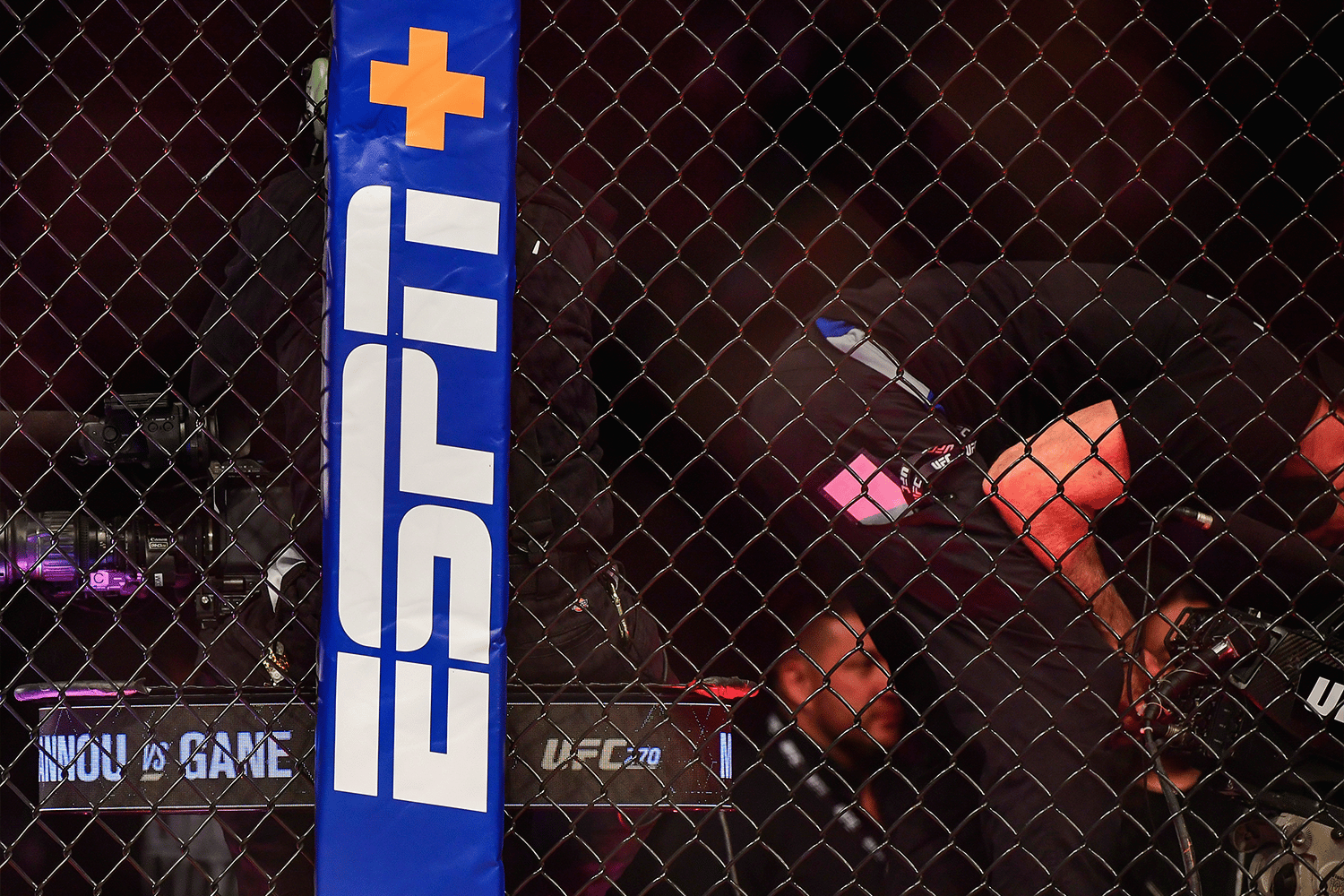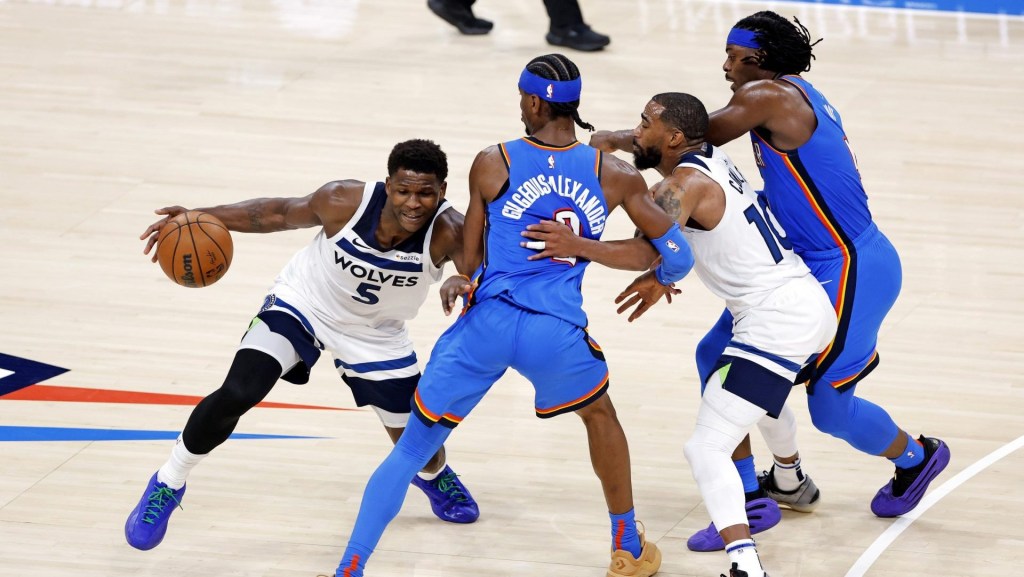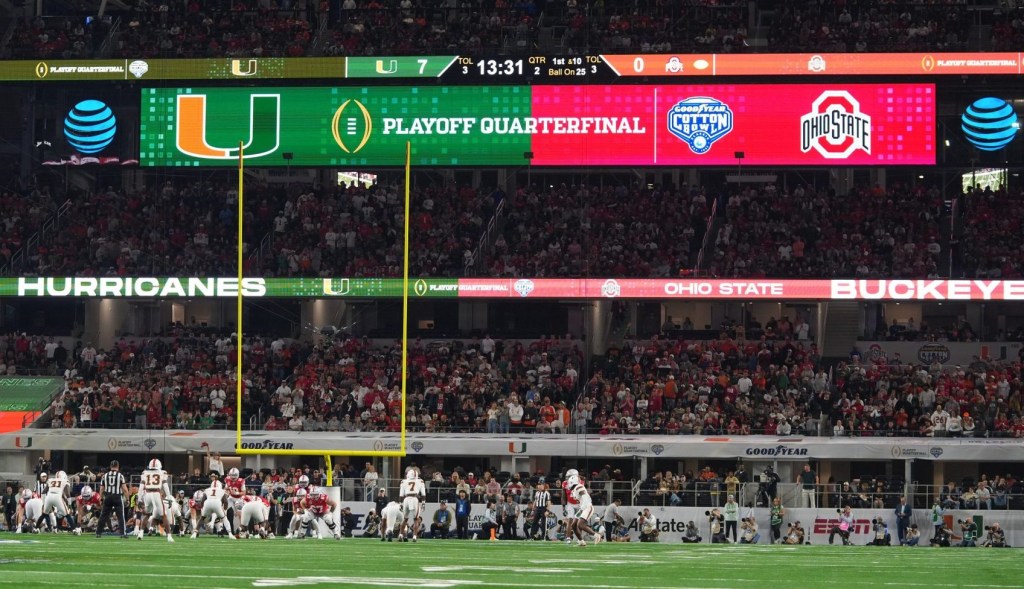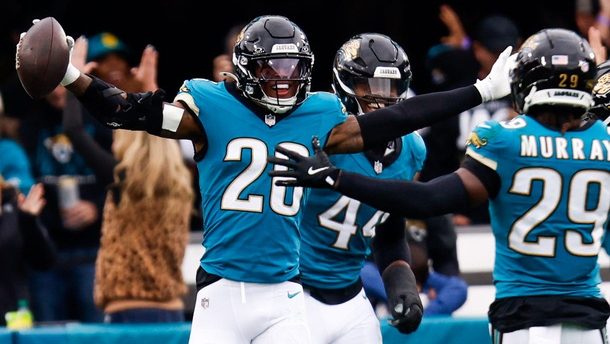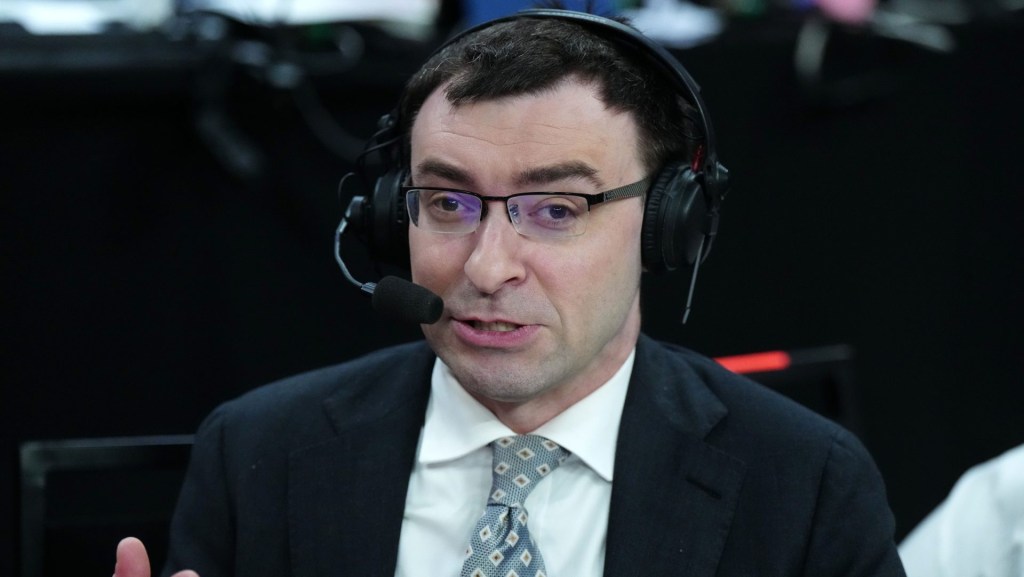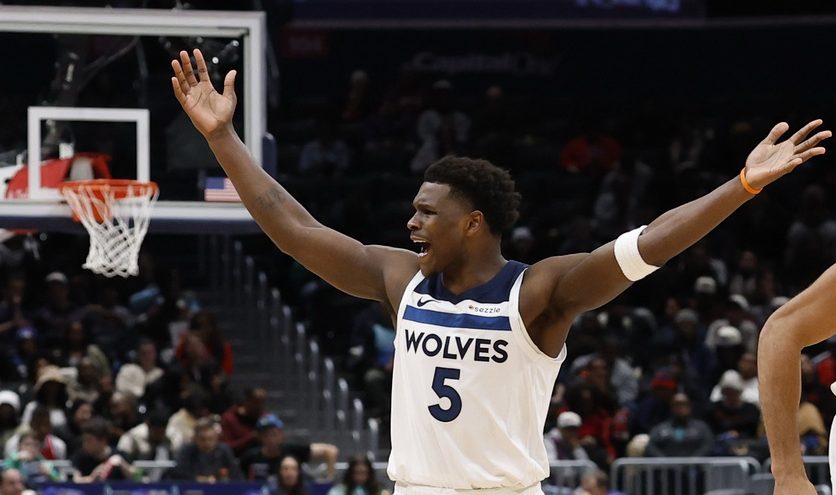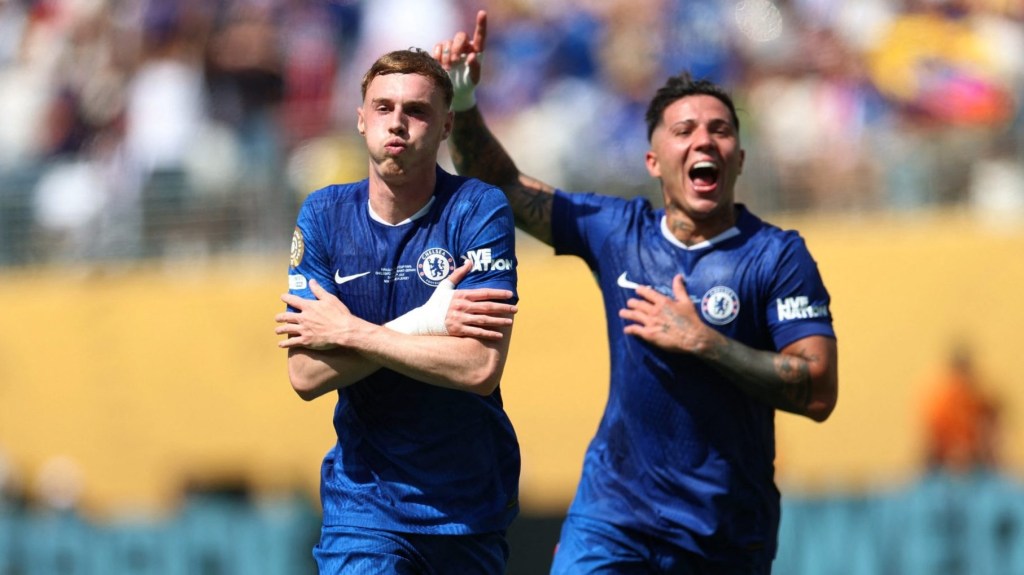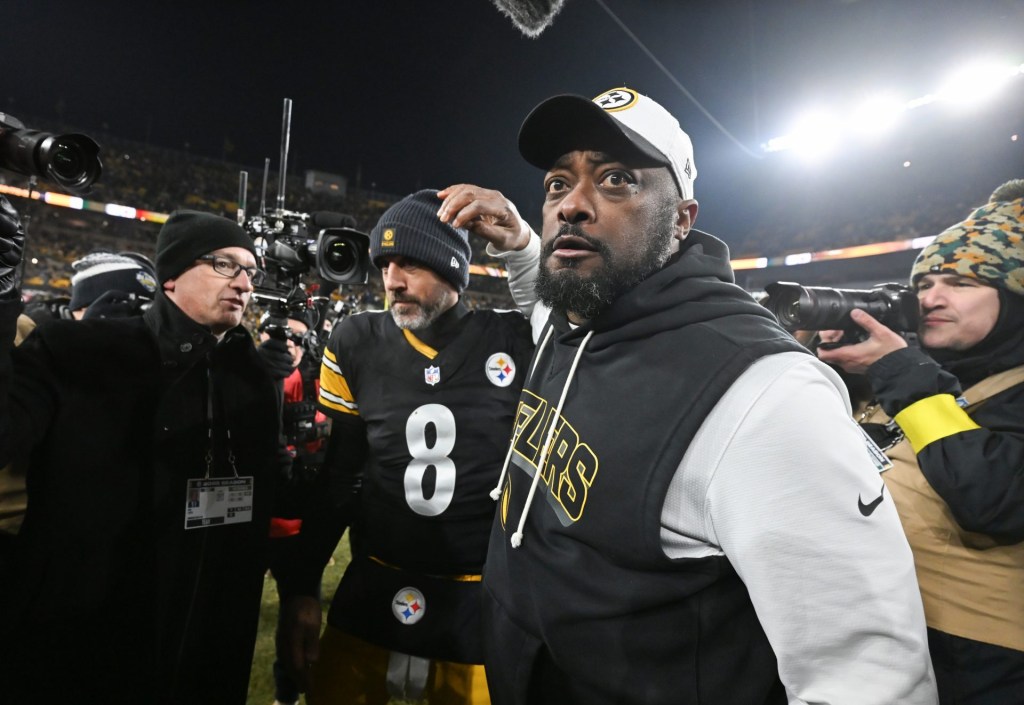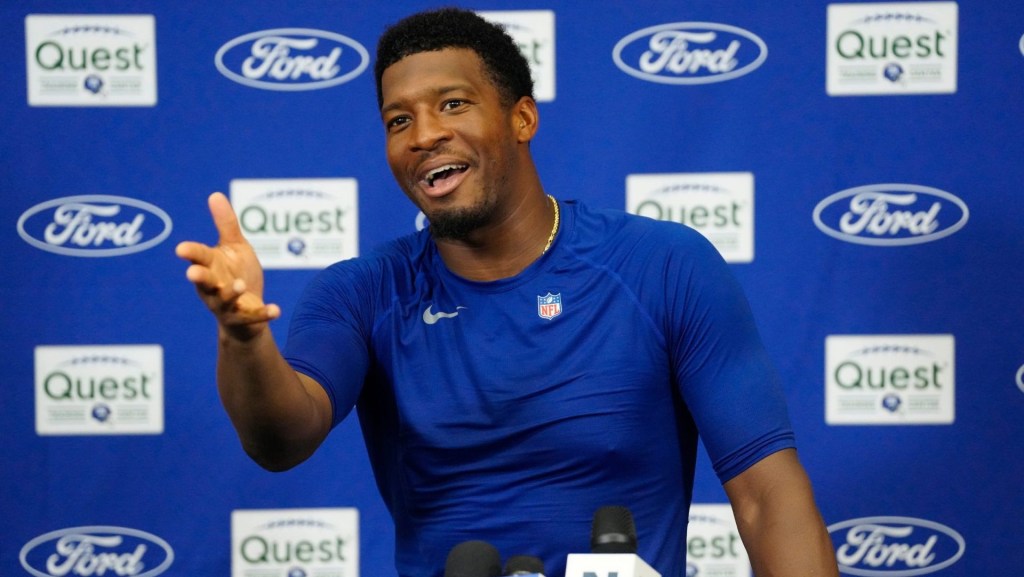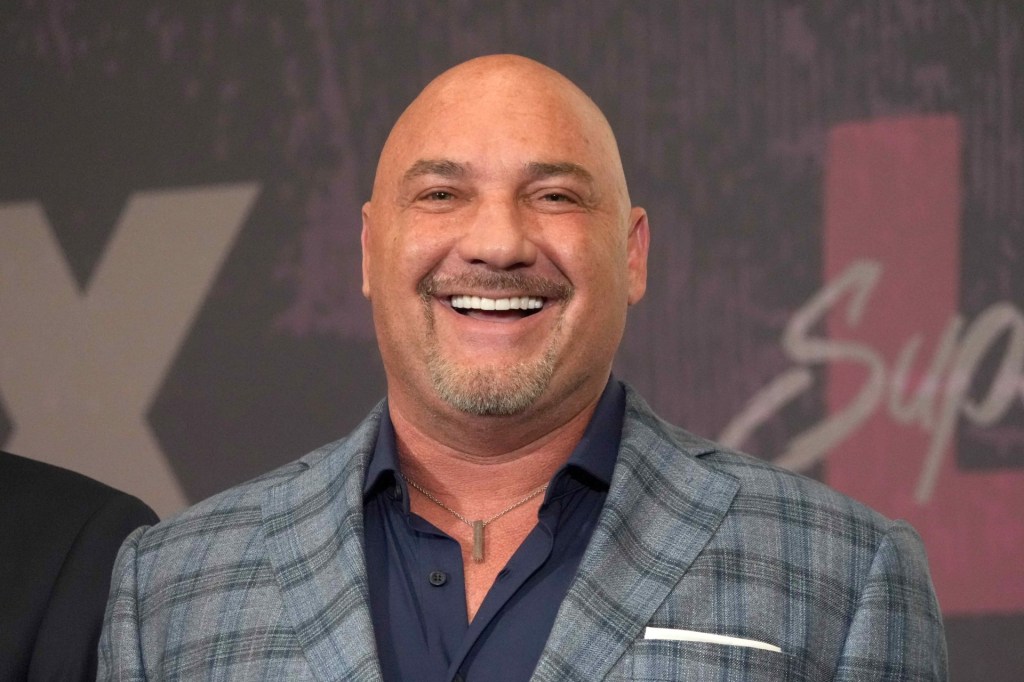ESPN finds itself caught between past glory and future uncertainty.
Faced with a falling number of cable TV subscribers – and a rising number of ESPN+ subscribers — the sports network is embracing the streaming future.
“We’re going to get to a point where we take our entire network, our flagship programming, and make it available direct-to-consumer,” ESPN chairman Jimmy Pitaro told Bloomberg. “That’s a ‘when,’ not an ‘if’ … We’re only going to do it when it makes sense for our business and for our bottom line.”
Pitaro has reason to be worried. With millions of TV consumers cutting the cord, ESPN’s footprint is down to 74 million homes from 100 million two decades ago.
The ESPN+ streaming service has signed 25 million subscribers in five years, but most of the network’s marquee events, like “Monday Night Football,” still air on the linear channel.
TV is still huge for the network, generating $28 billion in revenue for Disney. But if Pitaro gets his way, more live sporting events will shift to ESPN+ at $9.99 a month — including the NBA, with which ESPN is hoping to extend a 21-year relationship.
Meanwhile, JPMorgan analysts recently reported that the increasing rate of media rights deals is becoming unsustainable for networks, which are attempting to course-correct their business models.
“I’m confident we’re going to see eye-to-eye on how to prioritize streaming,” Pitaro said of talks with the league.
Pitaro is viewed as a potential successor to Disney boss Bob Iger.
To comply with Iger’s mandate to slash 7,000 jobs and save $5.5 billion in costs, ESPN launched the first of several rounds of layoffs last week. Among those getting pink slips were FiveThirtyEight founder Nate Silver and 43-year ESPN veteran Mike Soltys, the network’s second-longest-tenured employee.
